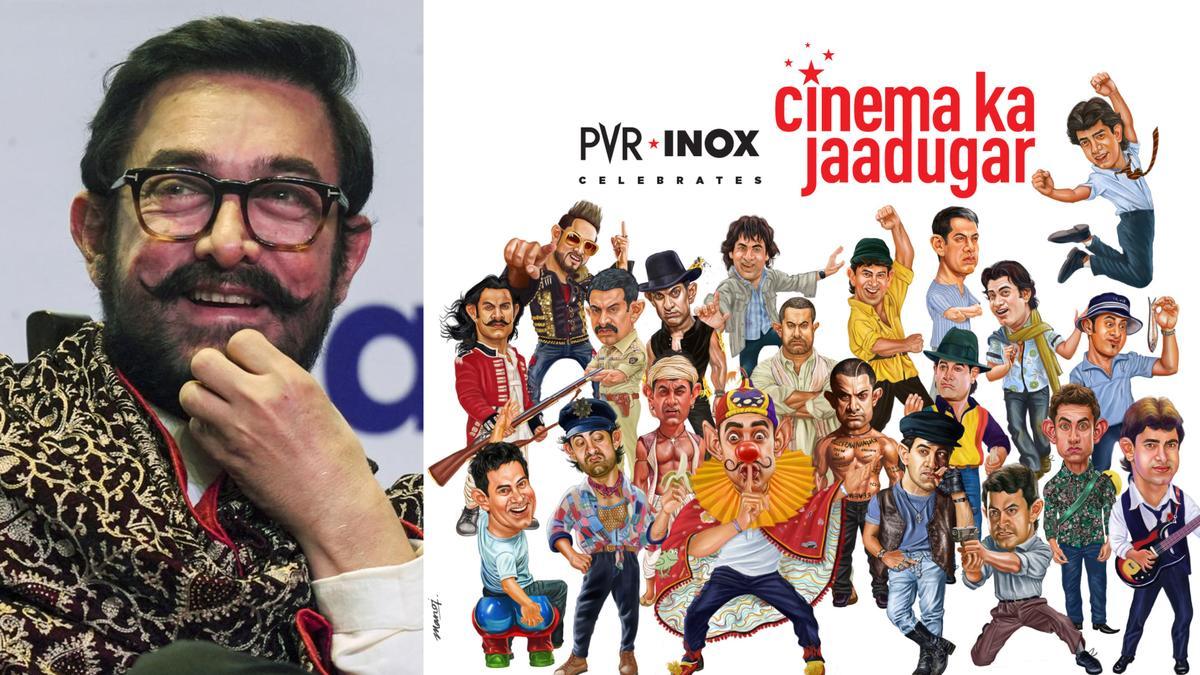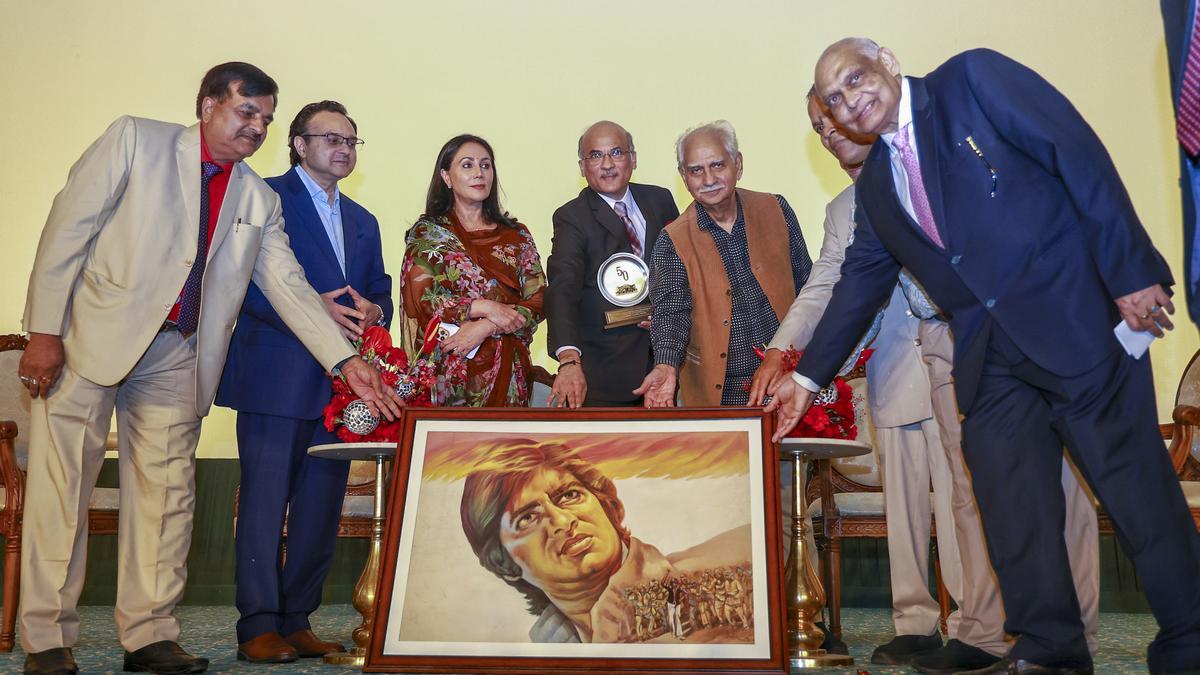
Marking the 80th death anniversary of Dadasaheb Phalke in 2024, one cannot overstate the expansive influence he held as the pioneering spirit of the Indian film industry. Phalke, often heralded as the ‘Father of Indian Cinema,’ did not merely launch the nation’s affair with filmmaking; he also challenged societal norms by introducing female actresses to the silver screen.
Embarking on a quest to create India’s first motion picture, Phalke produced, wrote, and directed ‘Raja Harishchandra’ in 1913, a silent film that became a cornerstone in the history of Indian cinema. The journey to this monumental achievement was fraught with challenges, especially within the cultural landscape of the British Raj, which at the time was inundated with Western cinematic influences.
In crafting ‘Raja Harishchandra,’ Phalke confronted the deeply ingrained prejudice against women appearing in cinema—an extension of the archaic tradition on the stage where male actors donned female garbs for female roles. As a visionary, Phalke’s response to this was not to acquiesce but to innovate.
A year of transformation arrived with Phalke’s second silent film, ‘Mohini Bhasmasur’ in 1913. It was here that Phalke broke through the gender barriers by casting Durgabai Kamat as Parvati and her youthful daughter, Kamlabai Gokhale, as Mohini. This move was revolutionary, considering the societal repercussions that unfurled upon Kamat, a single mother ostracized by her own community for accepting the role. Her brave decision nonetheless paved the way for future generations of women in Indian cinema, including her own descendant, the late, acclaimed actor Vikram Gokhale.
Phalke’s audacity to challenge societal norms extended within his own household. His daughter, Mandakini Phalke, starred in ‘Lankan Dahan’ (1917) and ‘Shri Krishna Janma’ (1918). Parallel to this, his wife, Saraswatibai Phalke, carved her niche as India’s first film editor, orchestrating narratives within cuts long before editing became a recognized profession for women.
The origins of Phalke’s cinematic journey can be traced back to his artistic education. Beginning at the JJ School of Art in 1885 and later at Kala Bhavan, the Faculty of Fine Arts at Maharaja Sayajirao University of Baroda, Phalke honed skills in drawing, oil painting, watercolor painting, architecture, and modeling. His prowess with the camera—starting from purchasing one in the same year as his fine arts course completion—led to explorations in photography, processing, and innovative photographic techniques.
The establishment of ‘Shri Phalke’s Engraving and Photo Printing’ marked another significant milestone in Phalke’s career, blending his artistic sensibilities with entrepreneurism. This multifaceted endeavor saw Phalke partake in stage curtain designs for drama organizations, act in small theatrical roles, and even work as a photographer for the Archaeological Survey of India.
From these diverse experiences emerged ‘Raja Harishchandra,’ Phalke’s progeny birthed from persistence and passion. Its premiere at Olympia Theater in Bombay was not just a film screening but the ignition of an industry that would continue to flourish for generations.
As we commemorate the death anniversary in 2024, it is vital to reflect on the impact Phalke had on Indian cinema. His courage to transgress gender barriers reconceived the Indian silver screen narrative, his complete commitment to the craft of cinema set the foundations for an industry that envelopes the nation’s consciousness to this day, and his story continues to inspire filmmakers who strive to merge creative innovation with cultural expression. Dadasaheb Phalke’s legacy, therefore, is not merely in the films he created but in the progressive principles he embedded within the heart of Indian cinema.










